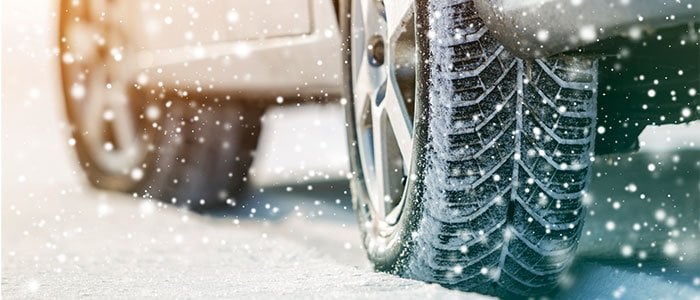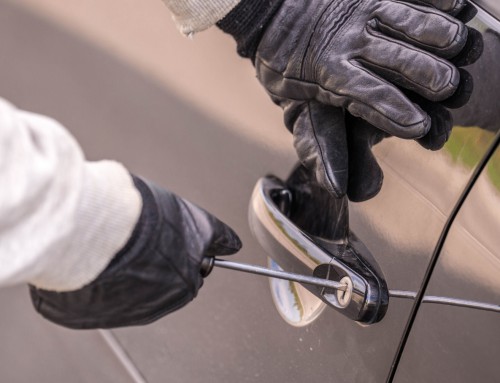Winter driving can be a daunting task. And Canadian winters place additional demands on driving. With snowy and icy road conditions, it’s better to be safe than sorry when planning your journey on the road.
We’ve compiled a list of tips to help you safely shift into driving this winter.
- Prepare your vehicle.
Consider installing winter tires as soon as temperatures hit 7 C. They will provide greater traction under snowy or icy road condition. Also keep an emergency roadside safety kit in your trunk at all times, with items such as a full-size shovel, a first-aid kit, roadmaps, gloves, a flashlight, and a blanket.
- Drive smoothly and slowly.
Weather conditions can be unpredictable, placing additional demands on your driving skills. Always adjust your driving speed to road and weather conditions. Stay alert, slow down, and remain in control.
- Don’t tailgate.
It takes longer to stop on a slippery road as opposed to on dry pavement. Under normal driving conditions, a guide to safe spacing between you and the vehicle ahead is the two-second rule. In winter, during poor weather conditions, double the two-second rule.
- Signal ahead of time.
It’s hard to see in extreme weather conditions. Make sure your signal lights are working and signal well ahead of time to give the vehicle behind you enough notice to prevent any accidents on the road. Also, turn your lights on to increase your visibility to other motorists.
- Learn how to control skids.
Roads will no doubt be slippery in the winter increasing the likelihood of skidding occurrence. To avoid a skid on a slippery road, drive at a reduced speed and operate the vehicle’s controls in a smooth and controlled manner. When skidding, turn into the skid and accelerate. This transfers your vehicle’s weight from the front to the rear and helps you regain control of your vehicle.
- Clear all snow and ice off your car.
When heavy snow and slush slides down the windshield during braking, it can mingle your front and rear wiper blades and arms, and damage the linkage and motor. Make it a daily to-do to wipe off any snow or ice buildup on your car. This will also help you see better on the road.
- No cruise control.
If you like using cruise control on long highway trips, refrain from doing so in the winter. Never use cruise control if conditions are snowy, icy, or wet, because if your car hydroplanes, then your car will try to accelerate and you may lose control of your vehicle.
- Plan your route.
Driving in the winter can put you at even greater risk. Factor in road closures and be prepared for delays. Consider rescheduling your trip if the weather is bad.
- Check your wiper blades.
Blowing snow and ice can make it extremely difficult to drive. Checking your wiper blades in advance can help you be better prepared for the journey ahead of you. Consider getting special winter wiper blades with protective rubber boot to prevent snow and ice buildup.
- Travel with a fully charged mobile phone.
Carry a fully charged phone and a charger to call a friend or roadside assistance, in case you’re stranded on the road.
Be prepared and be safe this winter by following these driving tips to keep your vehicle and yourself protected, whatever the weather throws your way.






